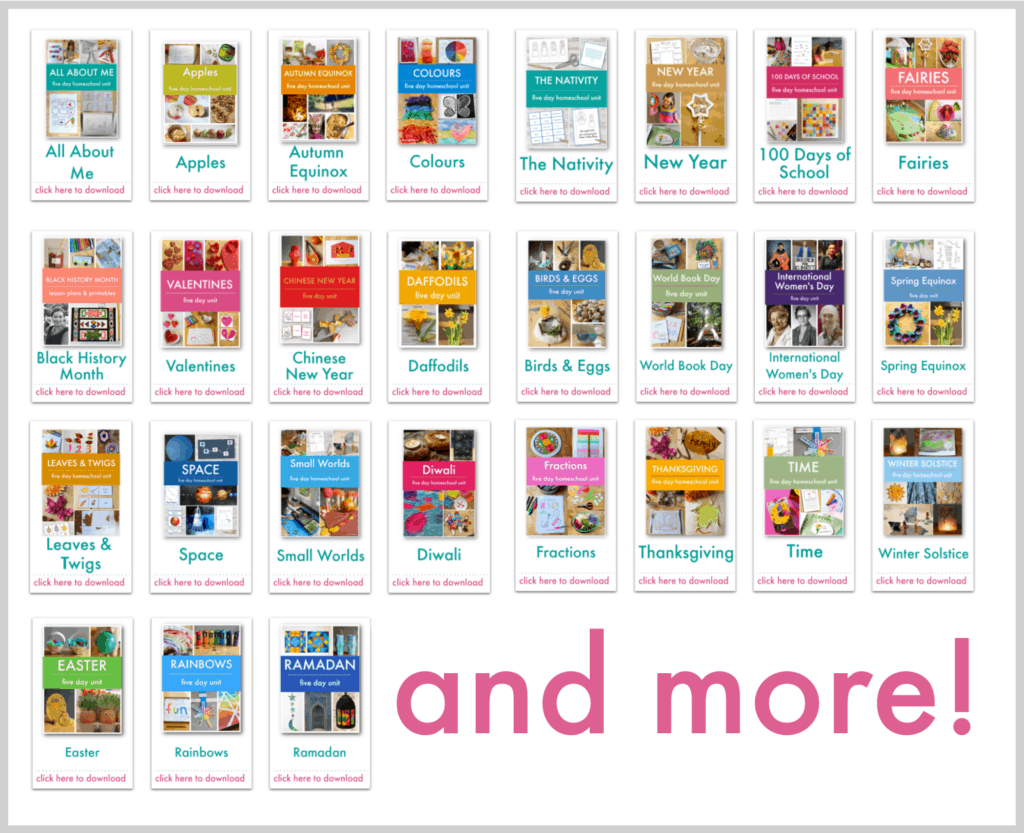Give your children the benefits of mixed-age teaching using our range of grab-and-go, cross-curricular, multi-age thematic units.
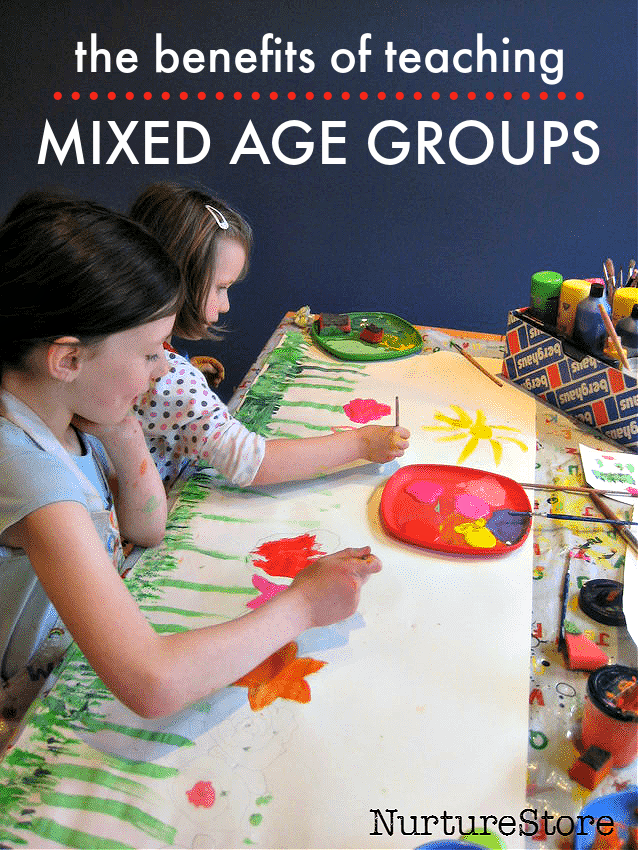
Teaching mixed age groups together
There is nowhere other than at school where we segregate our community into individual year groups. In the workplace we don’t organise a company’s structure by putting all the 30-year-olds in one department and the 31-year-olds in another – that would be ridiculous.
Yet in school, this age split is the norm.
We all know that children do not develop uniformly. Individual children show advanced skills in some areas while still being average or slower to develop in others.
Some one-year-olds can walk. Some toddlers talk in sentences. Some five-years-olds can count. Some seven-year-olds can read. Some ten-year-olds know all their times tables. And still, at all the ages and in all skills areas, other children have not yet achieved mastery.
To split children into year groups then seems great for administration but unnecessary and disadvantageous for the children’s individual journeys. There’s no educational advantage of segregated classes, and children miss out on all the benefits of mixed-age learning.
This age segregation also creates a learning environment which is unnatural.
To learn best, we want our children to feel secure: that’s when they are best able to relax, feel confident, concentrate, take a risk, try something new and develop their skills. It makes sense, therefore to make the classroom feel as much like home as possible.
A familiar environment leads to better learning.
Our teaching groups should match the home and real-world environment, where we live, learn, socialise and work in mixed-age communities.
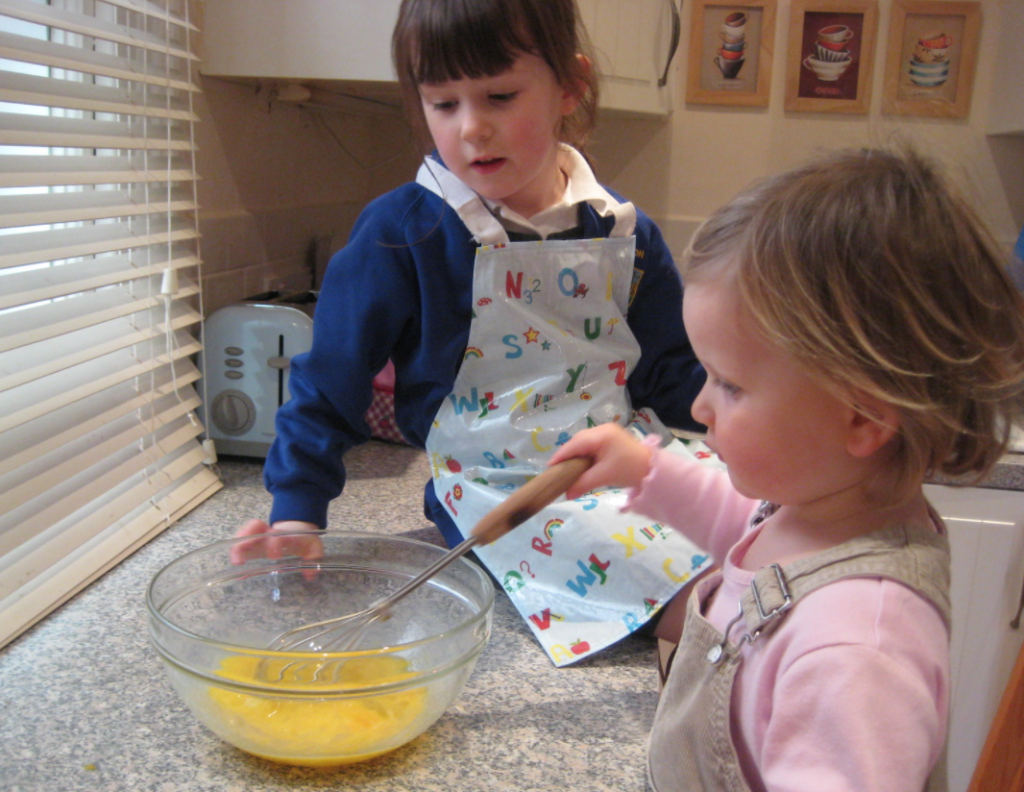
The benefits of teaching all your children together
Teaching children in mixed age groups has many advantages, for both younger and older children.
Younger children get to learn from the big kids.
I’m sure you’ve seen in your family, school, and community groups how the little ones look up to the older children. They love to be like the big ones. This older-peer admiration is natural and beneficial, and in a mixed-teaching group means the younger children are motivated and engaged to learn all the skills they can from the older children.
Younger children will pick up language skills, ideas, and practical skills in a mixed-age classroom.
Older children get to teach, and it’s through teaching others that they really embed our own knowledge and skills. Explaining and showing someone else how to do something helps make them an expert. Not only will they gain mastery, it will boost their confidence and self-esteem too.
They are also encouraged to step up in responsibility and to take the little kids under their wings. This allows them to develop leadership skills, compassion and kindness. And the little ones get to feel protected, cared for and important.
A mixed-age group also lets the older children keep playing for longer. Giving them access to toys and sensory play beyond the typical years when this kind of play is provided, lets them stay kids for longer and gives them extended access to all the benefits of playful, sensory learning.
And a mixed-age group better reflects a family, making the learning environment feel like home: a place where everyone belongs, feels secure and has the best possible environment in which to learn.
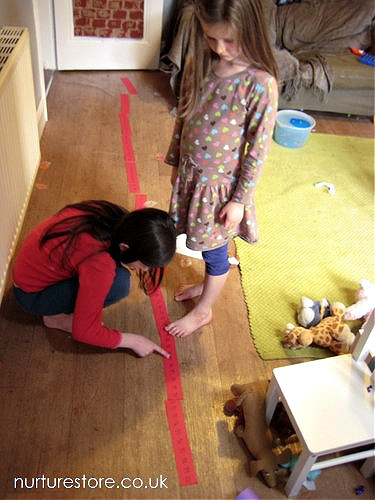
How to teach children of different ages together
In some learning environments mixed-age learning occurs naturally. In families, homeschool groups, community groups and out in the real world, we have mixed-age learning happening all the time.
Home-educating families can encourage and make mixed-age learning even easier by using thematic units as the basis of their teaching.
The thematic units from NurtureStore’s Play Academy are all play-based and full of hands-on activities, so they engage children of all ages.
They are designed to have all your children come together once a day (or at a frequency to suit you) to do one project-based activity, all together. Even better, all the 50+ thematic units are planned and ready to go, so you get to claim back your time and focus on what really matters – connecting with your kids and helping them learn together.
In schools where age-segregated classes are the norm, we can still include mixed-age provision by:
:: changing the school-wide class structure to mix ages. Do this all the time, one afternoon a week, or as a special week long whole-school project.
:: inviting older children into younger classrooms to read stories or help with art projects and sensory play times.
:: creating a buddy programme, where a younger child is paired with an older one, at recess / playtimes.
:: making space in the timetable for project work, based around thematic units. Thematic units are an excellent structure for mixed learning. They bring children together to learn across the school, across age-groups and across subjects. The Play Academy thematic units are designed to give you a grab-and-go programme of lesson plans, all planned and prepped for you, which you can use to facilitate this group learning.
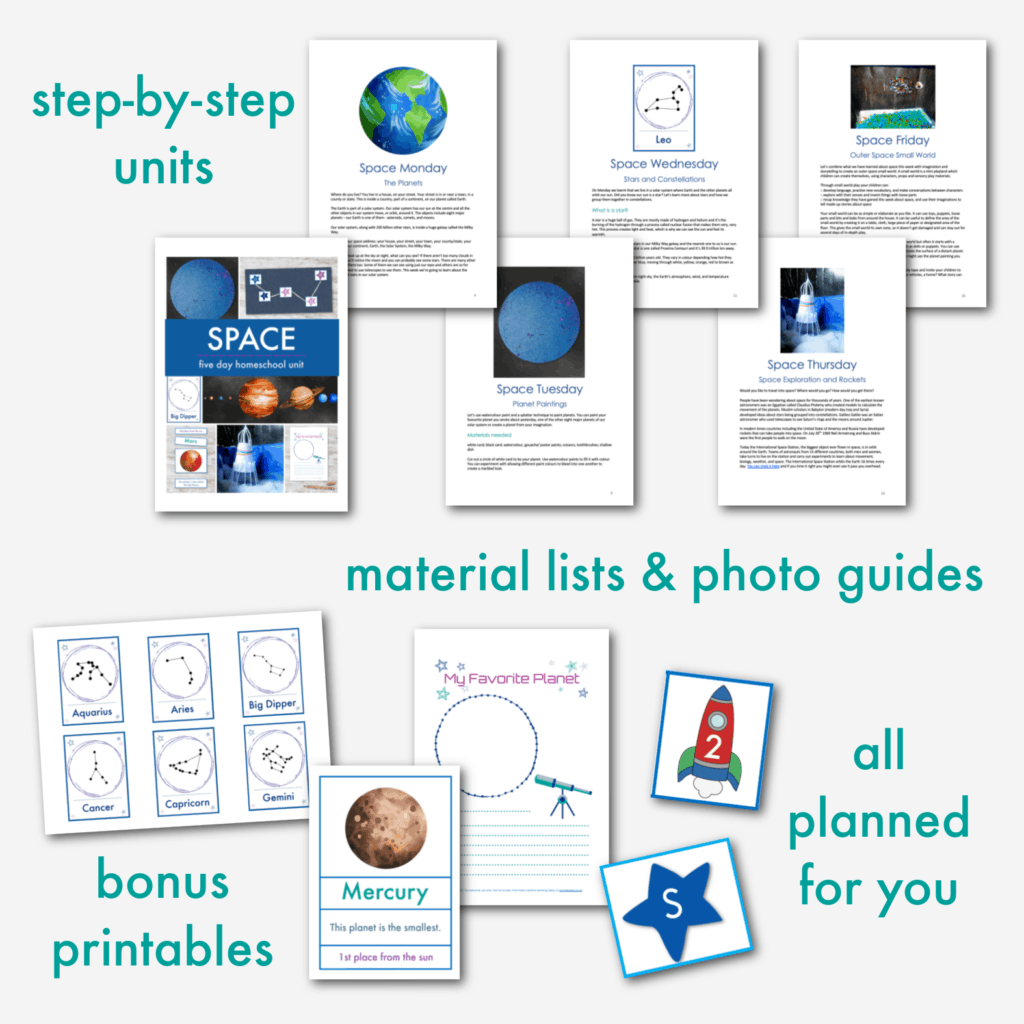
Thematic units for mixed age groups
To give your children the benefits of mixed-age learning this year, use the ready-made thematic units from NurtureStore’s Play Academy.
Each unit is all planned for you and includes a guide on how to introduce each topic and facilitate the learning.
There are over 50 thematic units to choose from, including Space, Dragons, All About Me, Dinosaurs, Famous Artists and Black History Month. Each Unit gives you a set of five lessons, and you can combine individual units into a longer programme based on themes including Math & Science, Art, Nature and Identity & Wellbeing.
As the Units are designed for mixed age groups, all your children can come together to learn collaboratively, through fun, hands-on activities. They can chat, think, imagine, share, create and learn together.
See more and choose your first unit here.
